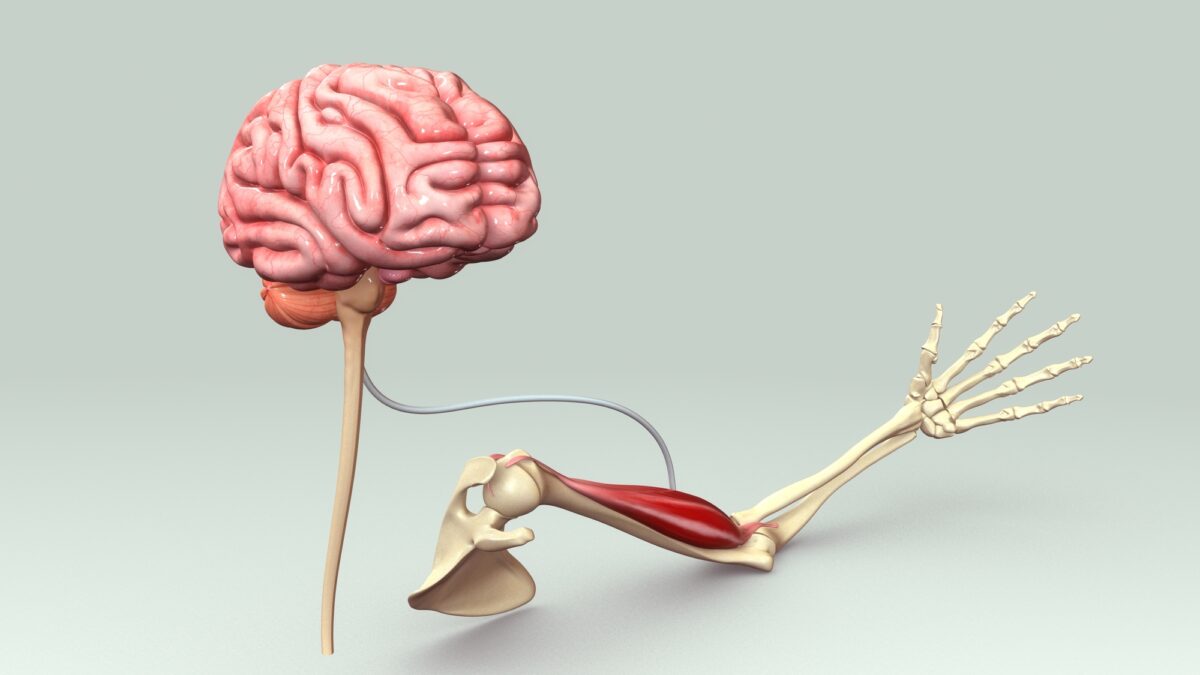You’re showing up. You’re lifting. You’re eating right. So why isn’t your body changing—or at least not the way it should?
Because most training advice is mass-produced. Replicated. Recycled. It wasn’t designed for you—and your body knows it.
Generic routines and one-size-fits-all templates don’t just stall progress. They make you question your effort. They make you wonder if maybe it’s you.
It’s not.
There’s a world of difference between following a plan and following your plan. Between following what the hell some influencer did on camera last week and actually building a body that commands attention, moves with power, and works for decades.
This is about muscle that grows on logic. Strategy. Precision.
Let’s get into it.
Intelligent Muscle Building: The only Principles That Work
1. Genetic Potential: Play Your Hand—Maximize It
What it means: You’ve got a unique physiological blueprint. Most people never even come close to their potential because they’re chasing someone else’s.
How to use it: Train to expand your ceiling, not mimic someone else’s finish line. Track performance, stay consistent, and judge your results against your own data—not someone else’s highlight reel.
2. Progressive Overload: The Rule of Progress
What it means: Muscles grow because they’re forced to adapt. Repeating the same weights, reps, and routines won’t trigger anything.
How to use it: Keep a logbook. Push the needle—more weight, more reps, tighter form. Progress isn’t loud, it’s methodical.
3. Individualization: Stop Copying, Start Training
What it means: Your structure, history, and recovery capacity are yours alone. That means your program should be, too.
How to use it: Pay attention to feedback. Exercises should challenge, not irritate. Recovery should fuel growth, not demand more caffeine.
4. Time Under Tension: Every Rep Counts—Make It Work
What it means: Growth is triggered by mechanical strain over time. Not by rushing through sets.
How to use it: Slow your eccentric phase. Control the movement. Think: 4 seconds down, 1 up. If you feel it more, it’s doing more.
5. The Pump: Not Just for Show
What it means: That tight, swollen feeling isn’t cosmetic—it’s a physiological signal for growth.
How to use it: Add higher-rep work and short rests to drive blood into the muscle. Chase the pump with precision.
6. Mechanical Damage: Stress for Adaptation
What it means: Properly applied tension causes micro-damage that leads to repair and growth.
How to use it: Use full range of motion. Control both stretch and contraction. Don’t just lift—train with intent.
7. Intra-Set Stretching: Real Growth Stimulus
What it means: Holding a loaded stretch mid-set can amplify metabolic stress and trigger hypertrophy.
How to use it: Hold the bottom of a fly or curl for 10 seconds after your last rep. It’s brutal—for good reason.
8. NOS-X (Neurological Over-Stimulus): Advanced Layer
What it means: This protocol combines multiple mechanisms—tension, stretch, fatigue—for maximum stimulus in minimum time.
How to use it: Use sparingly, with perfect form. Think of it as high-stakes training for when the basics are mastered.
9. Quality Over Quantity: Precision Trumps Volume
What it means: More isn’t better. Better is better. One clean, intense set can outperform five careless ones.
How to use it: Strip the ego. Focus on activation, control, and execution. Earn your reps.
10. Recovery: Where the Growth Happens
What it means: Training breaks you down. Recovery builds you up.
How to use it: Prioritize sleep. Use recovery tools. If you’re always tired, you’re not undertrained—you’re under-recovered.
Application: Make It Yours
- Track what matters—weights, reps, rest, recovery. Patterns reveal progress.
- Use tempo to create intensity without adding junk volume.
- Personalize. Swap out exercises that don’t serve your structure or feel.
- Sleep like it’s your job—because for growth, it is.
- Try intra-set stretching for body parts that won’t grow. Twice a week is plenty.
- Film your lifts. Analyze your own performance like a professional.
- Don’t chase fatigue. Chase stimulus and adaptation.
From Concept to Change: What This Actually Means for You
Meet Marc. Mid-40s. Trained for years. Did the usual: push-pull splits, random supersets, endless YouTube routines. Felt strong—but never looked the part. Frustrated, he started tracking. Applied progressive overload. Dialed in tempo. Personalized his exercise selection. Six months later: visible muscle, better energy, zero joint pain.
That’s what happens when you stop winging it and start lifting with intelligence.
Muscle is built by principles, not by noise.
If you want your body to change, your approach has to first.
Start now—train smarter than the algorithm ever will.


